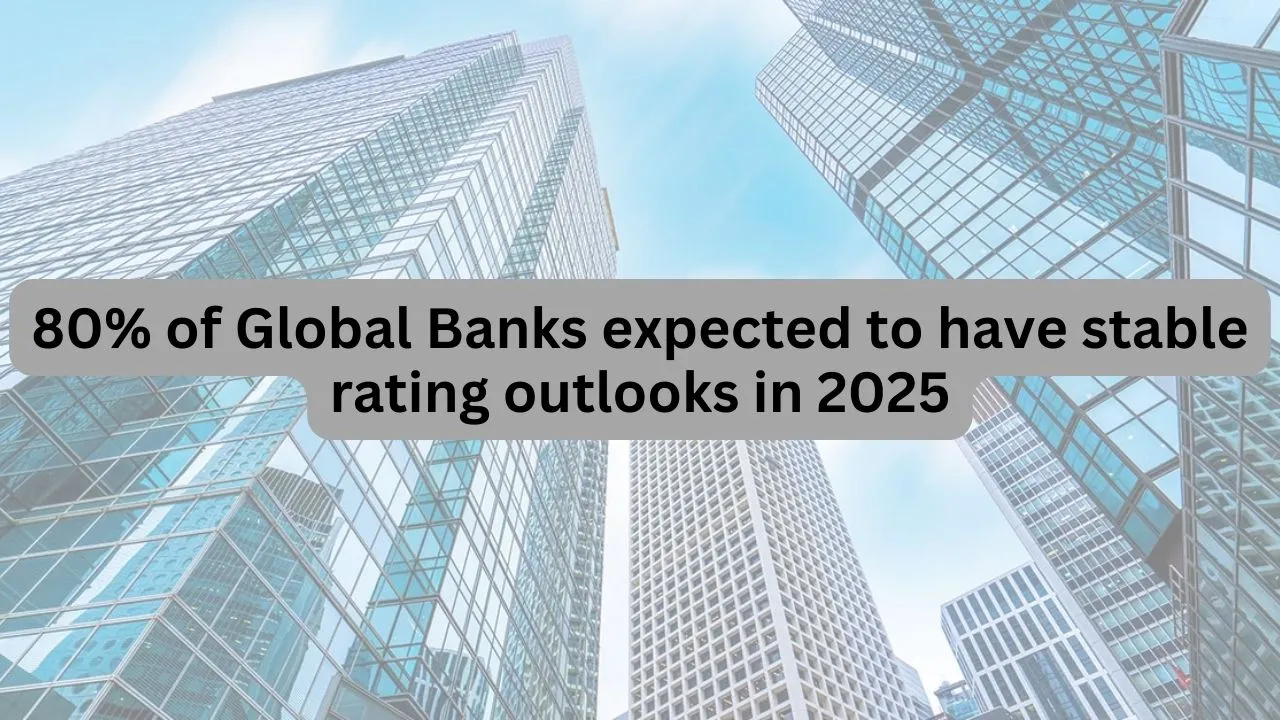In 2025, most global banks (about 80%) are expected to keep stable credit ratings, according to a report by S&P Global Ratings. This stability comes from easing inflation, which should help ease financial strain on borrowers and relieve pressure on troubled sectors like commercial real estate. This means banks won’t face as many risks from their customers’ financial struggles, especially those who were impacted by high interest rates in recent years.
However, the report also notes that general economic improvements alone won’t be enough to boost the credit health (or creditworthiness) of banks worldwide. Instead, improvements in bank ratings are more likely to come from specific factors within individual countries or banks, rather than from broad economic trends.
Interest Rates and Borrowing Relief
As many regions begin to see a turnaround in the interest rate cycle, there’s hope that bank borrowers will start to experience some relief. When interest rates rise quickly, as they did recently to combat inflation, it becomes harder for people and businesses to pay off loans. With rates stabilizing, this burden should start to lessen, improving bank assets over time. However, this recovery won’t happen immediately, and it will vary depending on the country.
Credit Costs and Loan Losses
The report also warns that banks are likely to face rising credit costs in the coming years, meaning they’ll need to set aside more funds for potential loan losses. S&P predicts that these credit losses will increase to $850 billion globally by 2025, a 7% rise. This reflects the challenges banks have faced with higher policy rates and economic pressures, although these expected losses are within the current ratings for most banks.
Key Risks Facing Banks
S&P outlines four major risks that could negatively impact bank ratings:
- Global Economic Slowdown: If the global economy slows down more than expected, it could hurt banks’ earnings and stability.
- Property Sector Worsening: If the real estate sector, especially commercial real estate, declines more than predicted, banks could suffer from more loan defaults.
- High Interest Rates: Sustained high interest rates combined with high levels of government and corporate debt could increase financial strain on banks.
- Emerging Risks: New risks, such as those from AI, climate change, and cyber threats, could also affect banks’ ratings. These risks are unique because they could have positive or negative effects depending on how well banks adapt.
The Slow Descent of Interest Rates
The report cautions that while interest rates are stabilizing, they are likely to decrease slowly and differently across regions, unlike the rapid and uniform rate hikes we saw when central banks were fighting inflation. This slow decline may mean banks won’t see immediate improvements. Also, recent U.S. election results could introduce new risks that push inflation higher, adding another layer of uncertainty.
In summary, while easing inflation and interest rates bring some relief to banks and borrowers, banks will still face challenges in managing credit risks. Stability in their credit ratings will largely depend on how they handle these challenges and adapt to emerging risks in a varied and slow-paced economic recovery.
